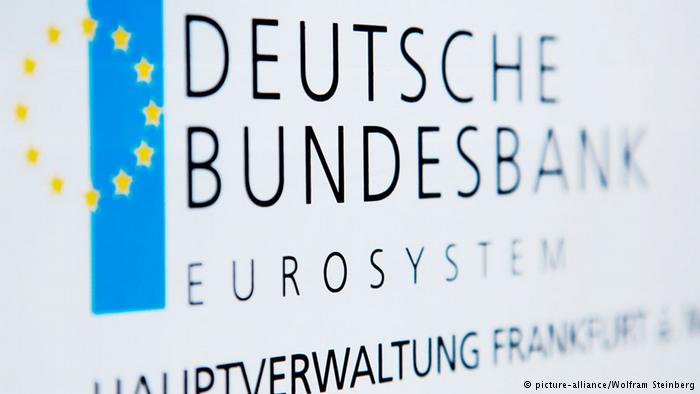Is it possible that Ben Bernanke and now, Janet Yellen along with the rest of the Federal Reserve Board got it right? Have they captained us out of the depths of global financial collapse and into a new golden era of stock market gains and low interest rates? Quantitative Easing one, two and three along with Operation Twist were all specifically designed to keep interest rates artificially low by flooding the financial markets with cash. That cash found its way into the stock market, the commodity markets and the housing markets because the artificially low interest rates it created pushed money away from interest rate investments. Currently, the process has come full circle and now that the stock market is at all-time highs, it appears that the hot potato balancing act between stimulus and inflation is being handed off to Germany. This is probably not a good sign.
Many have faulted Bernanke’s “Grand Experiment” by critiquing his plan based on what could go wrong rather than what has gone wrong. These arguments focus on two basic points. The first is that artificially depressed yields have increased the risk factors for interest rate investors. Money that used to go into treasuries and other high quality low risk, low return investments has been taken off of the table. More money has been poured into junk bonds over the last five years than ever as investors hunt for income. Suddenly, we’ve seen a switch. Morningstar recently reported that high-yield bond exchange traded funds saw an outflow of $3.1 billion dollars for the month of July. This compares to $7.4 billion in inflows over the preceding twelve months. Whether high yield bonds begin to fail because the economy is improving or begin to fail because it’s collapsing, either way the run-up is very likely near the end. For what it’s worth, this is the same forecasting model that signaled the 2008 high as well. You can see the results of our Long Bond forecasting model, here.
The second issue that many have had with Bernanke’s plan is the forecasted inflation it guarantees on the horizon. This thesis is what has driven each bubble since the economy collapsed. There’s no question that the additional $2.6 trillion Dollars that have been injected into the system has chased every available hot money pool. This is what drove oil to $140 per barrel, corn to nearly $8 per bushel and gold to nearly $2,000 per ounce. These markets have proven that fundamental supply and demand issues drive trends. Hot money only increases the volatility in both directions. Furthermore, many of these markets are below the prices they were trading at prior to the economic collapse and the flood of cheap money.
The US, as the biggest and deepest economy took every effort necessary to ensure stability in both its markets and its people and that brings us to the exit strategy. The Fed has already announced and acted upon its plans to begin tapering stimulus from the markets through declining purchases of Treasuries. The latest round of stimulus is expected to end completely in October. This caused a spike in domestic interest rates when the plan was announced in May but we have now returned to nearly the same prices. The big push towards lower domestic yields has come from foreign buyers, particularly European buyers. The spread between US and German bonds has reached its widest point in seven years at 81basis points thanks to Ukraine uncertainty. This has allowed the Fed to back off the gas and let other buyers step in to do their work for them. This is exactly what the Fed needs to help rebalance their portfolio.
Portfolio rebalancing brings us to the last point about letting others do the work of providing an exit. The S&P 500 made new all-time highs again this week. The market surged on Tuesday’s Durable Goods report, which showed a huge jump of more than 22% for July. A quick look behind the numbers reveals that most of this gain is due directly to Boeing’s record booking of new plane orders. Durable goods excluding transportation actually fell by .8%. This was reflected by declines in primary metals, machinery, computers and defense goods. Furthermore, the Boeing deals will take ten years to deliver. This is the perfect example of the market extrapolating today’s good news infinitely into the future rather than taking advantage of the current situation.
There is little argument that the five year rally we’ve seen in the S&P 500 has been driven by cheap money seeking higher rates of return along with money forced into the equity markets due to artificially depressed returns elsewhere. Right now, the Fed has a chance to unwind much of what it has done via transferring the economic hot potato from the Fed’s hands to the German Bundesbank. Market professionals see Russia on the verge of recession due to economic sanctions along with slowing growth in Germany and a stubborn Mediterranean economy that refuses to do much of anything at all. This recipe is forcing German yields to record lows as their market’s participants clamor for a Quantitative Easing program of their own. This is the Fed’s and the American investing public’s opportunity to unwind the last five years of liquidity based investing and prepare for an ebb and flow type of global economy as multiple regions sort out their differences and the liquidity trade shifts from domestic to global.





